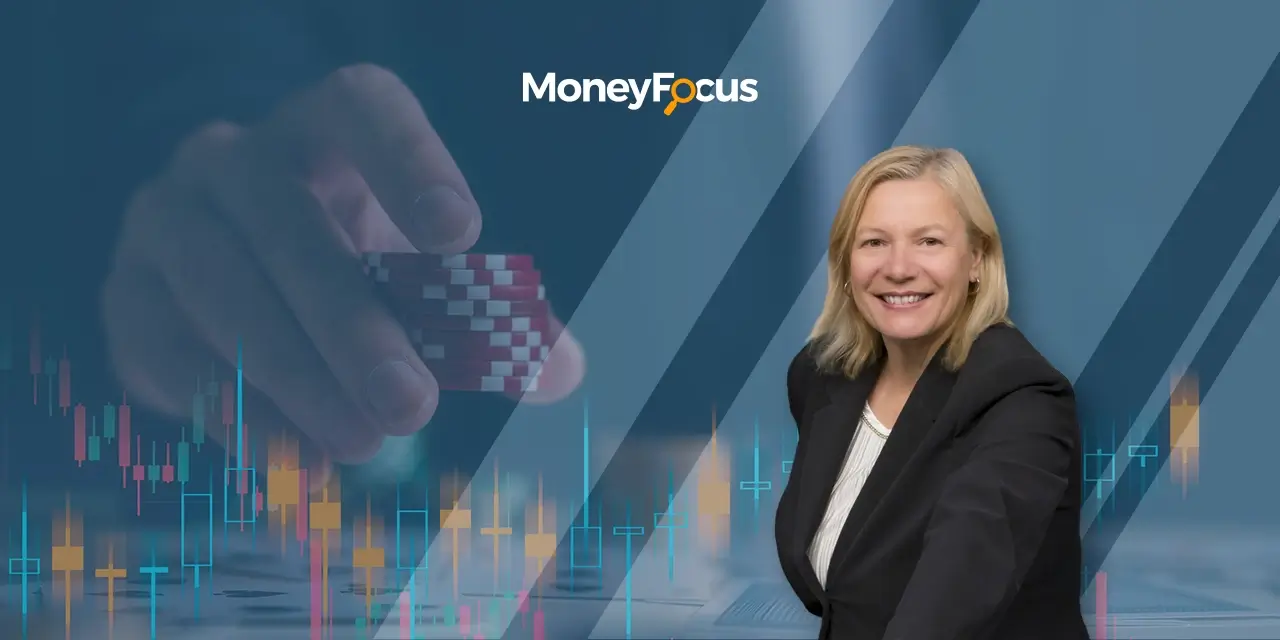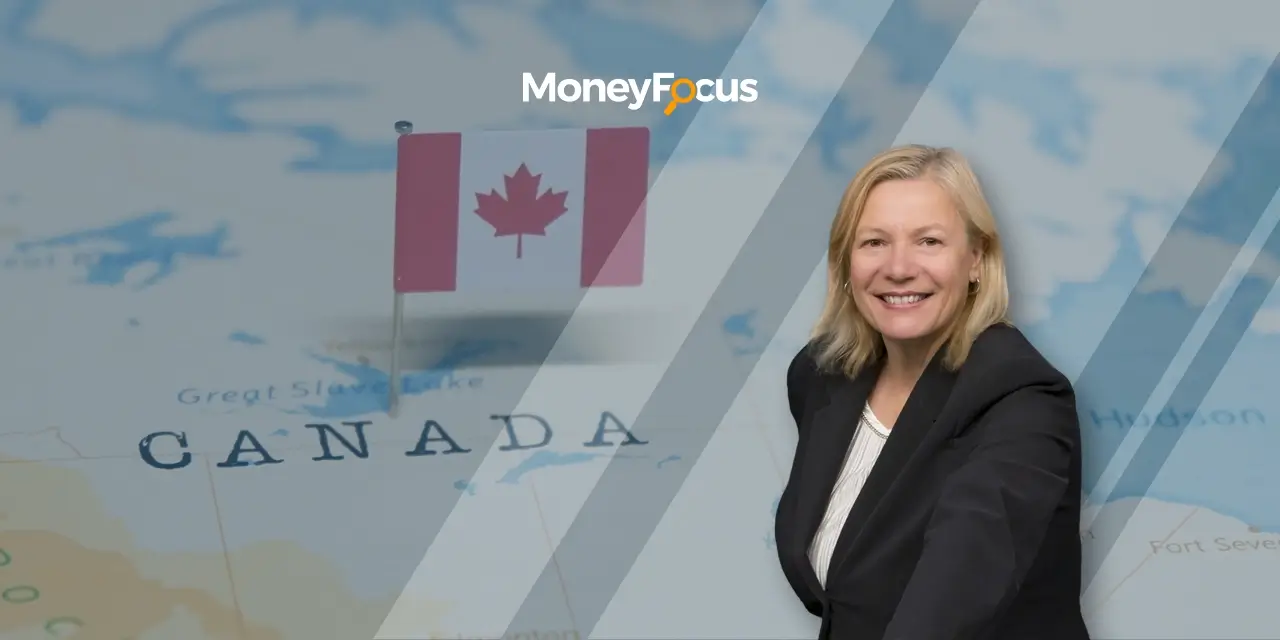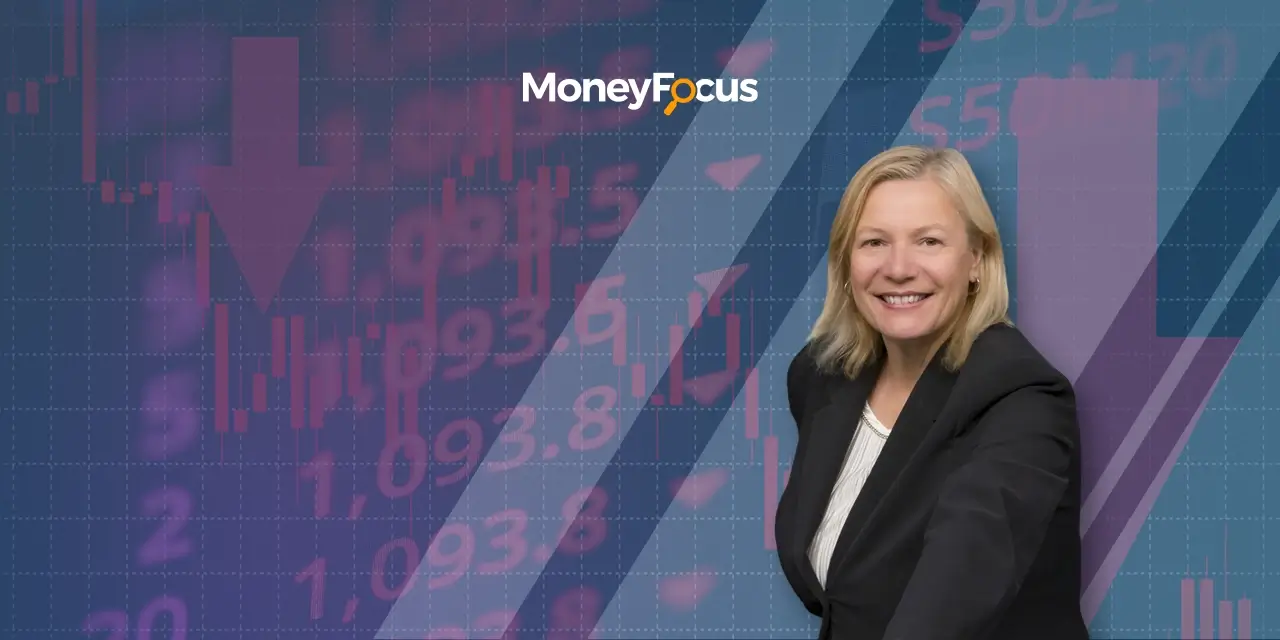The RRSP deadline season often comes with a flurry of investment tactics and tips as Canadians scramble to maximize their potential RRSP deductions for the previous tax year. In the midst of deadlines and short-term tax strategies, it can be easy to lose sight of why Canadians make RRSP contributions in the first place: to plan and save for retirement. To help reset that focus, we’ve compiled a few considerations for Canadians as they think about what investments they’re holding in their RRSPs, and how those investments could serve their long-term goals. The goal is to keep things straightforward and focused on smart retirement investing, ensuring that RRSPs offer not just immediate tax advantages, but also a solid financial foundation for the future.
#1. Consider the companies in an equity portfolio
When evaluating equity investments, whether it’s an individual stock, mutual funds, or ETFs, it’s prudent to consider the specific company (for single stocks) or companies (for mutual funds and ETFs) within your investment.
It’s easy to view equities as just numbers on a screen, but it’s important to remember that owning an equity means owning part of a business.
This is especially important when investing with a long-term time horizon, such as in an RRSP, as the long-term performance of the underlying businesses becomes a crucial factor to consider.
Investors should examine the size of a business, what economic forces it’s exposed to, and how it has navigated economic and business cycles in the past. At Harvest ETFs, we work diligently to identify “leading” businesses, through a set of quantitative and qualitative metrics. By considering market capitalization, market share, and a range of factors specific to each of our ETFs’ objectives, we can determine what we believe are the best stocks to hold for the long-term.
When Canadian investors look at what they’d like to hold in their RRSPs, they may want to consider the underlying businesses they would want to be holding for the long-term. By focusing on the caliber and potential of these companies, investors can make informed decisions that align with their retirement investing goals.
#2. Generate Reliable Retirement Income
When planning for retirement, it’s important to consider both the growth of your capital and how you will use that capital to finance your retirement goals and lifestyle. While Canada Pension Plan benefits can provide some support, they may not be sufficient to meet all of your retirement needs, especially if you wait until you turn 71 to max out those benefits.
Income-generating investments play a crucial role for Canadian retirees, and traditional fixed income products like Bonds and Guaranteed Investment Certificates (GICs) have been a popular choice for decades. However, these products tend to pay out at somewhat low rates, which can be below the rate of inflation, potentially eroding the purchasing power for retirees over time.
To address this challenge, Canadians planning for retirement can consider higher-yielding ETFs, that use a covered call strategy to generate high income yields from portfolios of securities. Harvest ETFs provides a suite of Income ETFs, as well as Enhanced Income ETFs that apply modest leverage to generate even higher income yields. Income ETFs can provide Canadian retirees with a reliable and potentially higher income during their retirement years.
Additionally, these ETFs offer diversification across various sectors and asset classes, which can help reduce risk and volatility in a retiree’s portfolio. This can provide a more stable income stream and protect retirement savings.
The high rates of income paid by these ETFs can help both retirees and pre-retirees. While saving for retirement, that income can be seen as a reliable contributor to total portfolio returns, especially in down or flat markets. During retirement, that income can help pay for your overall retirement lifestyle.
Learn more about the importance of retirement income here.
#3. Use income to compound now and offset withdrawals later
The final consideration for income-generating investments is how that income can be used in both the leadup to and during retirement.
In the lead-up to retirement, many investors focus on growing their retirement savings rather than using their investments to pay for their current lifestyle. During that growth period, the attractive yields paid by Harvest Income ETFs can be reinvested into more units of those ETFs through a Distribution Reinvestment Program (DRIP). Over time, these reinvestments can expose investors to the power of compounding held inside of an RRSP, which can help build up the savings needed for retirement.
Once an investor transitions to retirement and turns 71, their RRSPs convert to RRIFs, which are subject to a mandatory withdrawal schedule set by the federal government. Retirement investments held inside a RRIF may have to be sold in order to meet the mandatory withdrawal level, which can have significant consequences for a retiree’s portfolio if it occurs in a down market.
High income from Harvest ETFs can offset those withdrawals, meeting some or all of the withdrawal limit without having to sell any assets. The underlying assets will retain their market exposure, while the income they pay offsets withdrawals. This can help retirees maintain their retirement income and avoid selling assets at inopportune times.
By using income to compound now and offset withdrawals later, Canadian investors can make the most of their retirement savings and ensure a stable and reliable income stream throughout their retirement years.
You can learn more about how equity income can offset RRIF withdrawals here.
Conclusion
The RRSP deadline is an important time for Canadians to consider their retirement investing strategies. While maximizing RRSP contributions is important, it is equally as important to consider how those contributions will be used to finance your retirement planning. By exploring options like Harvest Income ETFs, Canadians can find ways to generate reliable retirement income that can keep pace with inflation and contribute to their long-term financial well-being. As investors transition to retirement and their RRSPs convert to RRIFs, it’s important to consider how to manage mandatory withdrawals and optimize taxable income.
To learn more about retirement investment strategies, visit Harvest ETFs blog and start planning for your financial future today.
Commissions, management fees and expenses all may be associated with investing in HARVEST Exchange Traded Funds managed by Harvest Portfolios Group Inc. (the “Funds” or a “Fund”). Please read the relevant prospectus before investing. The Funds’ returns are not guaranteed, their values change frequently, and their past performances may not be repeated. Tax, investment and all other decisions should be made with guidance from a qualified professional. The above is for general information purposes only and does not constitute advice or a solicitation to buy or sell the securities referred to within.












